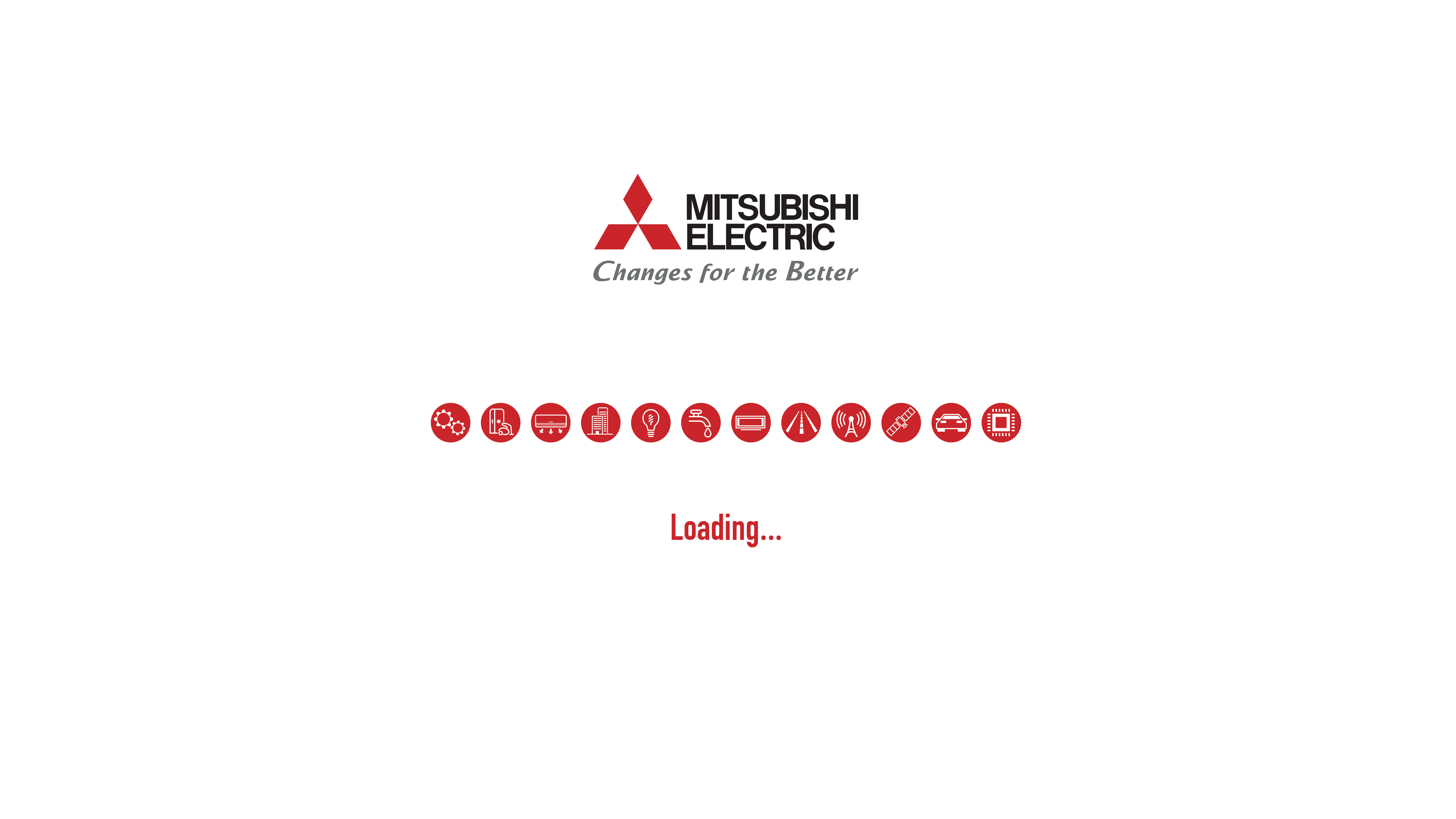The Next 100 Years: Toward a Smart and Sustainable Society

Mitsubishi Electric joined CES 2022
We are fast approaching a planetary future with global risks that humanity has never had to deal with before with such urgency. Climate change. Insecurity. Aging. Disease. Dealing with these threats in the future will require bold innovations in every domain of life, work, and society. This is the thinking behind Mitsubishi Electric’s new corporate vision, which takes center stage at the company’s booth at this year’s CES.

A New Vision
As we anticipate our planetary future, both great risks and great opportunities are evident. To take advantage of these opportunities, we must quickly learn how to adapt to change. We must improve our ability to predict what is coming and to understand how to meet the challenges of the future — so we can chart a better future. Companies understand this more than anybody. After all, the capacity to change is vital for a company not just for fulfilling its social purpose with employees, customers, and society, but also for its own survival.
This is why Mitsubishi Electric is charting its next 100 years with a new vision that looks towards the Smart Society. The Smart Society is one that is ready to adapt, innovate, and embrace new values. Technological innovation is a central aspect of this Smart Society vision, because innovation is a strategic enabler of positive social change.
The challenges we are facing require corporate change if we are to successfully tackle them in the near and far future. Some of these challenges require specific solutions. Decarbonization. The transition to sustainable energy. Electric mobility. Humanistic robotics. Personalized health care. Smart buildings.
Mitsubishi Electric has embraced these solutions as part of its new Smart Society vision, which also incorporates a people-centered mindset. This reflects the company’s determination to transition from an economic perspective driven chiefly by sales to a social perspective dedicated to solutions, corporate stewardship and social purpose. This vision also embraces commitments to environmental, social, and corporate governance (ESG) and the UN Sustainable Development Goals (SDGs).
ESG and the SDGs represent a game-changing new paradigm for businesses and society. Sustainability is now widely considered central to the current state and future of every nation, market, and industry. The adoption of these goals changes the thinking behind all products, services, and industries.

The Urgency of Now
Renewable energy, clean transportation, recycling, reduced CO2 industrial production, and other green innovations are important goals that will shape humanity’s future. They will affect every nation, market, and industry. Companies that embrace this emerging future will be in alignment with what customers are telling us — that climate change is real, and we all must take action now. Customers want solutions to deal with change today.
Mitsubishi Electric is responding to this sense of urgency by developing integrative solutions in four thematic areas — life, industry, infrastructure, and mobility. These solutions bring together innovative technologies such as zero-energy buildings (ZEBs), the Internet of Things (IoT), artificial intelligence (AI) and machine learning, sensors, data analytics, satellite communications, mobile connectivity, and robotics.
The Smart Society innovation strategy is, at its core, the seamless and holistic integration of connected products — from buildings to automobiles, healthcare, factory automation, sustainable energy, and robotic process automation. Together, these Smart Society innovations weave a connected fabric of intelligent data that enables a safer, more personalized, energy-efficient, and productive experience. These innovations are continuously enhanced by AI and machine learning, allowing them to evolve, learn, and adapt to customer experiences and needs over time. In the process, they will enrich our joy, comfort, and care.
The Smart Society involves creating smart ecosystems that integrate best-in-class innovations to provide ongoing value to individuals and society, helping us create better futures. These ecosystems connect transportation to infrastructure, industry to commerce, consumers, and business, and robots to humans and systems, allowing for optimal productivity solutions that enhance the quality of people’s lives. We are talking about energy saving, health monitoring and disease prevention, and mobility strategies for safer transportation.

Smart Society Solutions
Earlier, we mentioned the four thematic areas in which Mitsubishi Electric is focusing its integrative solutions development. Once again, they are:
Life, which covers energy-efficient technologies; people- and eco-friendly solutions such as ZEBs; and noncontact solutions for business and home use.
Industry, which covers labor-saving and productivity-enhancing industry solutions such as robots and e-F@ctory solutions.
Infrastructure, which covers renewable power generation, AI-based monitoring solutions, and public transportation systems that provide sustainability, safety, and security in our lives.
And mobility, which covers autonomous driving, driver monitoring, as well as mobility robots that can take on a multitude of tasks such as delivery, security, and professional services in the home and at work.
The solutions developed in these areas facilitate a web of interactions that allow each solution to provide greater value to the consumer. Some examples include:
1. The 3D i-See Sensor, a smart solution that allows rooms and buildings to recognize both human and energy needs as a single integrated factor. It monitors and analyzes environmental controls to enhance the user’s well-being, security, and sustainability. In this way, the sensor optimizes comfort for the individual in an energy-efficient way.
2. HealthCam, an early warning remote diagnostic system. This always-on, non-invasive smart health monitoring and well-being platform measures vitals such as heart rate to determine signs of infection. It uses AI and vision-based detection to ensure a person’s health and enhance the biosecurity of a facility. The HealthCam is designed for use in homecare and hospitals, as well as in mobile diagnostic services provided by clinics.
3. ZEBs, which may be the next stage of smart infrastructure. This solution uses predictive analytics to determine real-time energy demand, with on-premise autonomous controls tied to sensors to enhance energy efficiency, personal security, and human comfort. The use of AI to monitor energy use and provide energy when and where needed could save buildings around the world millions of dollars.
The Smart Society is one that incorporates integrative and innovative solutions that are optimized for human quality of life and allow a society to develop sustainably and productively. By integrating these innovative solutions, such as those showcased above, to enhance people’s well-being, industry productivity, and connectivity so we can achieve a sustainable future, we can learn to adapt to change and meet tomorrow’s challenges.
Dr. James Canton
Global futurist and CEO of the Institute for Global Futures
Author of Future Smart and The Extreme Future






